Kubernetes and Docker Swarm are both very popular container orchestration tools in the industry. Every major cloud-native application uses a container orchestration tool of some sort. Kubernetes was developed by Google in the early 2010s from an internal project which managed billions of containers in the Google cloud infrastructure. You can read more about it in our blog here.
In this blog, we will go through the details of how Kubernetes and Docker Swarm differ from each other and how to choose the right tool for you.
Let’s start with an overview of Kubernetes architecture.
Kubernetes architecture – an overview
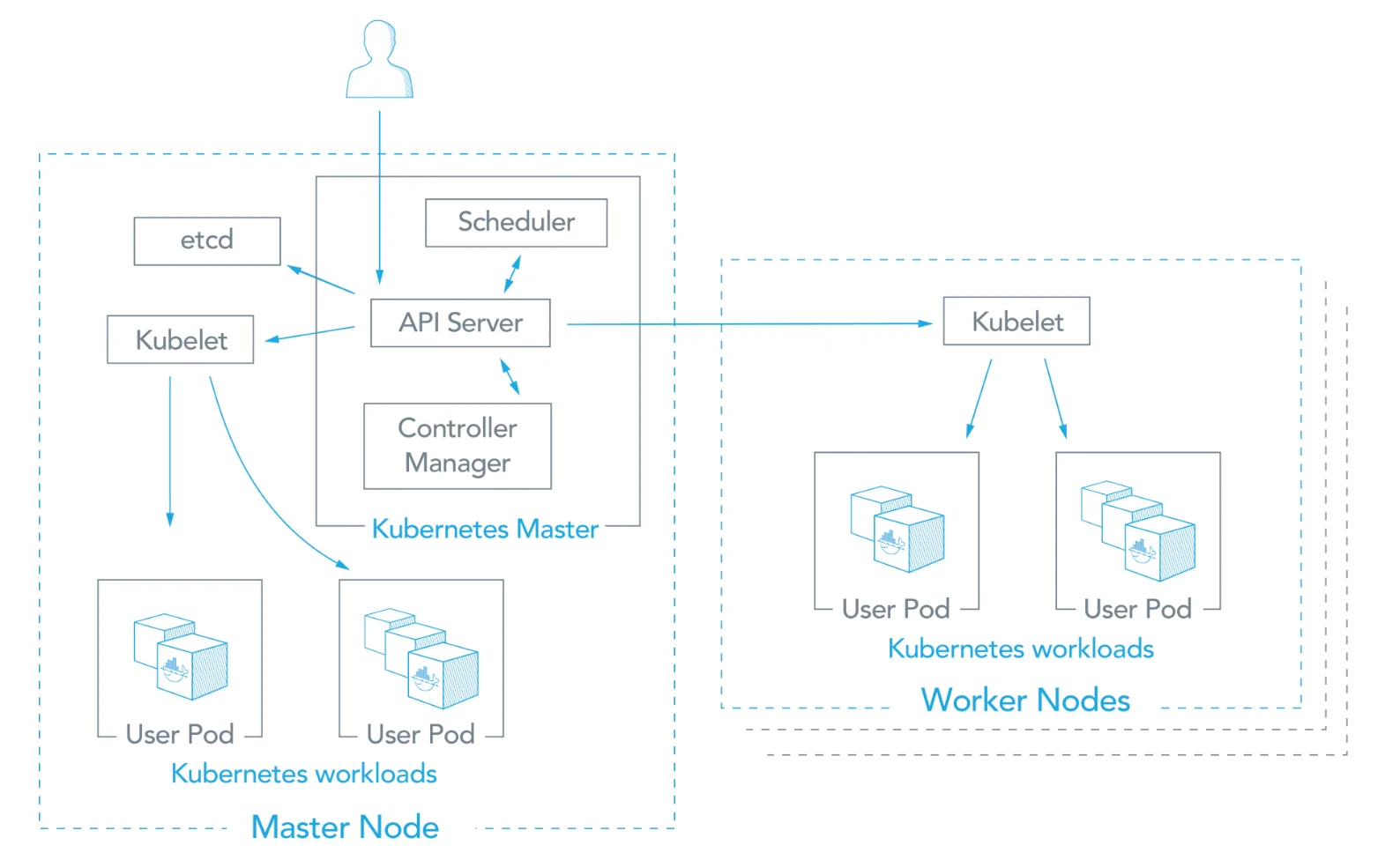
A Kubernetes cluster has two types of nodes: a master node and a worker node. Master nodes contain components that control how different pods in worker nodes are managed. Worker nodes contain user pods that execute the Kubernetes functionalities of container management.
Worker node components
In every node, Kubernetes organizes containers in groups called pods. Each pod will have one or more containers. Containers within a pod share compute resources of a node like a filesystem, kernel, namespaces, and IP address.
The pods are managed within a node by a kubelet. The kubelet receives the specifications for the pod from the Master node. It is the responsibility of a kubelet to make sure that the pod remains in a specified state.
Master node components
There are additional components in a master node that helps manage the cluster. API Server is the main management hub of the node. It facilitates communication between all the other components and ensures that the cluster is functioning as expected.
Controller Manager is another important component that identifies deviations between the desired state and the current state. It also manages the scaling up and down of the containers as required to handle incoming requests.
The configuration data is stored in a separate component called etcd. The API Server can access this data using HTTP/JSON API calls. Another component in the master node is the scheduler that distributes the workload across nodes.
If you wish to know about Kubernetes architecture in greater detail, you can read it in our blog here.
Docker Swarm – an overview
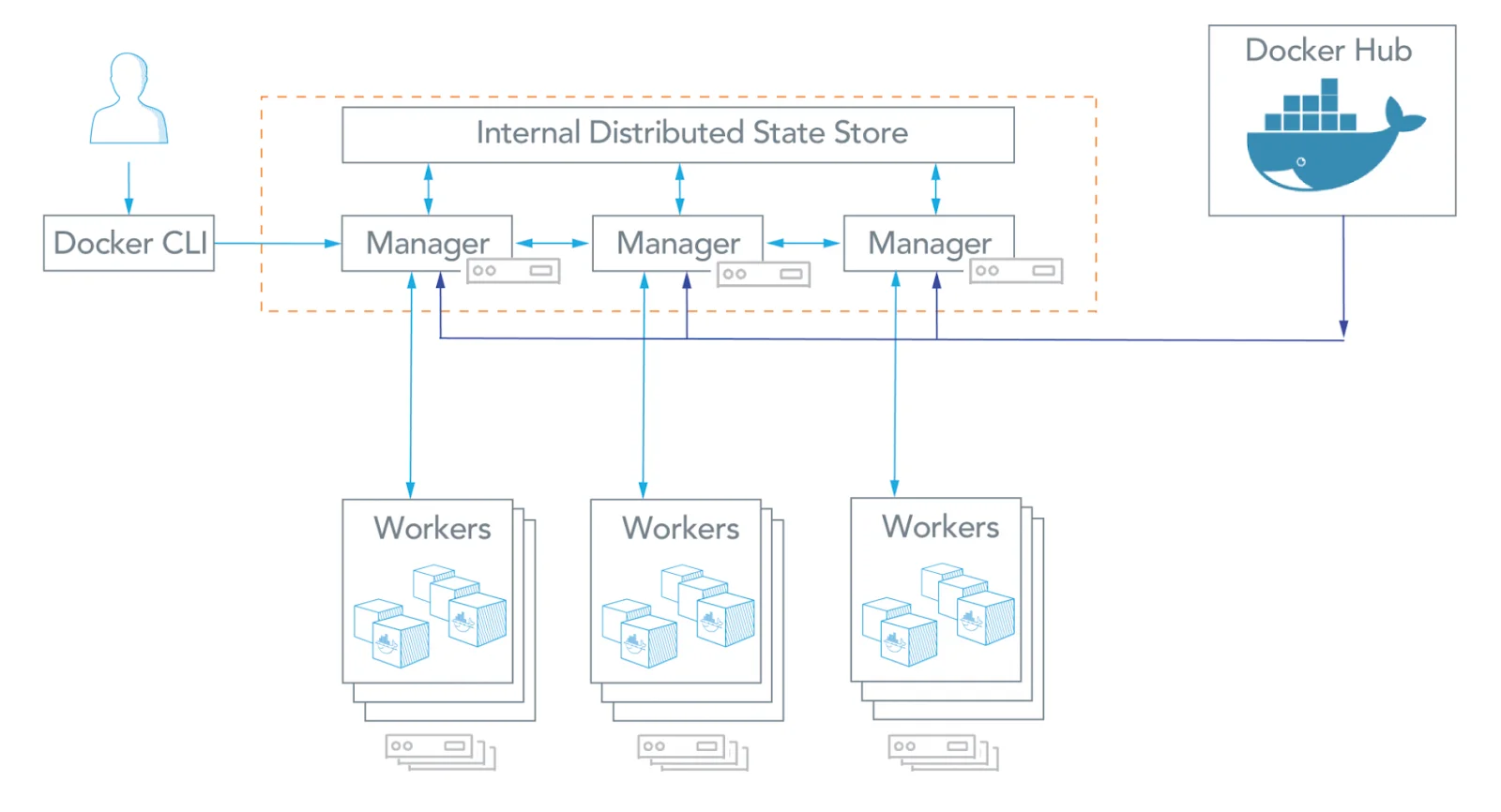

Similar to Kubernetes architecture, Docker Swarm also consists of managers and workers. Just like we declaratively mention the desired state in Kubernetes, Docker Swarm uses YAML files to mention the desired state.
Ducker Hub serves Docker images for the nodes. A Swarm is a cluster of docker instances. These instances are also called nodes. The nodes could be of two types: manager nodes and worker nodes.
Manager nodes get service definitions from the user. They also dispatch work to worker nodes. Worker nodes run tasks assigned to them by manager nodes.
A task is the smallest unit of service that worker nodes execute on their systems. A service essentially specifies details of the container image to be deployed and mentions the number of replicas of the images.
Differences between Kubernetes and Docker Swarm
Let us now see how Kubernetes and Docker Swarm differ in each aspect that matter to users of these tools.
Installation and setup
Kubernetes’ installation is more complex than that of Docker Swarm.
Docker Swarm mode already exists in nodes where the docker engine is installed. There is no separate installation required for using Docker Swarm. You have to use Docker CLI to create a swarm and manage a cluster. You can read about the Swarm CLI commands here.
Installing a Docker engine is pretty straightforward. You can read more about it here.
Kubernetes, on the other hand, requires some understanding of the installation process and the concepts in container orchestration. It runs via a CLI command tool named kubectl. The installation method varies depending on the OS it is being installed on. You can read more about Kubernetes installation here.
However, since Kubernetes is more ubiquitous, there are many ready-to-use Kubernetes setups available with many cloud providers.
Management and monitoring
Kubernetes has a dashboard that helps keep track of your cluster and show errors if any. Although the dashboard is not deployed by default, you can quickly deploy it with a kubectl command:
kubectl apply -f https://raw.githubusercontent.com/kubernetes/dashboard/v2.6.1/aio/deploy/recommended.yaml
The dashboard would look something like this:
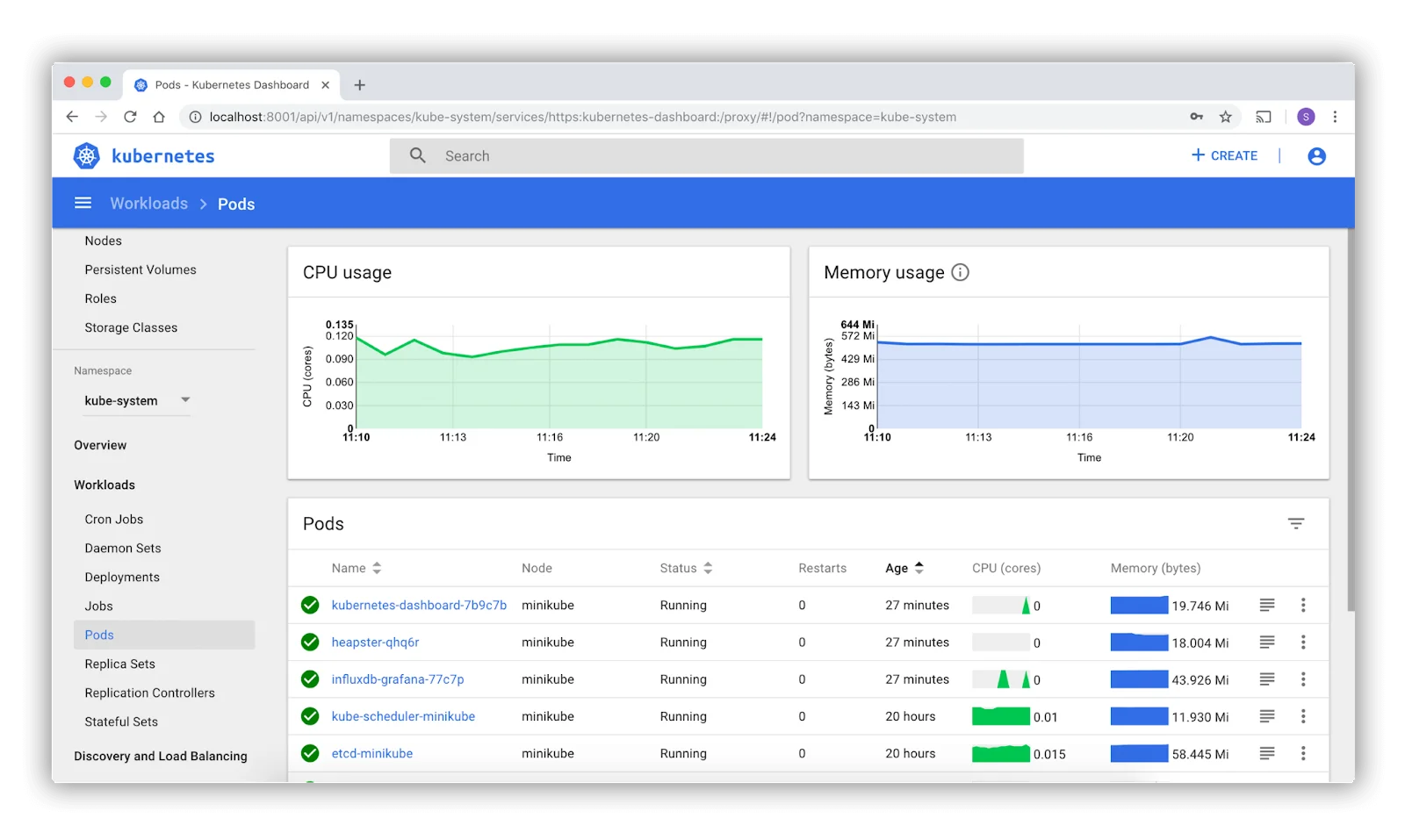

You can read more about the Kubernetes dashboard in their official docs.
Taikun is a tool developed by Itera, that takes the dashboard functionality to the next level. It provides users with a dashboard that is a central management and monitoring console to control all kubernetes deployments across multiple cloud providers.
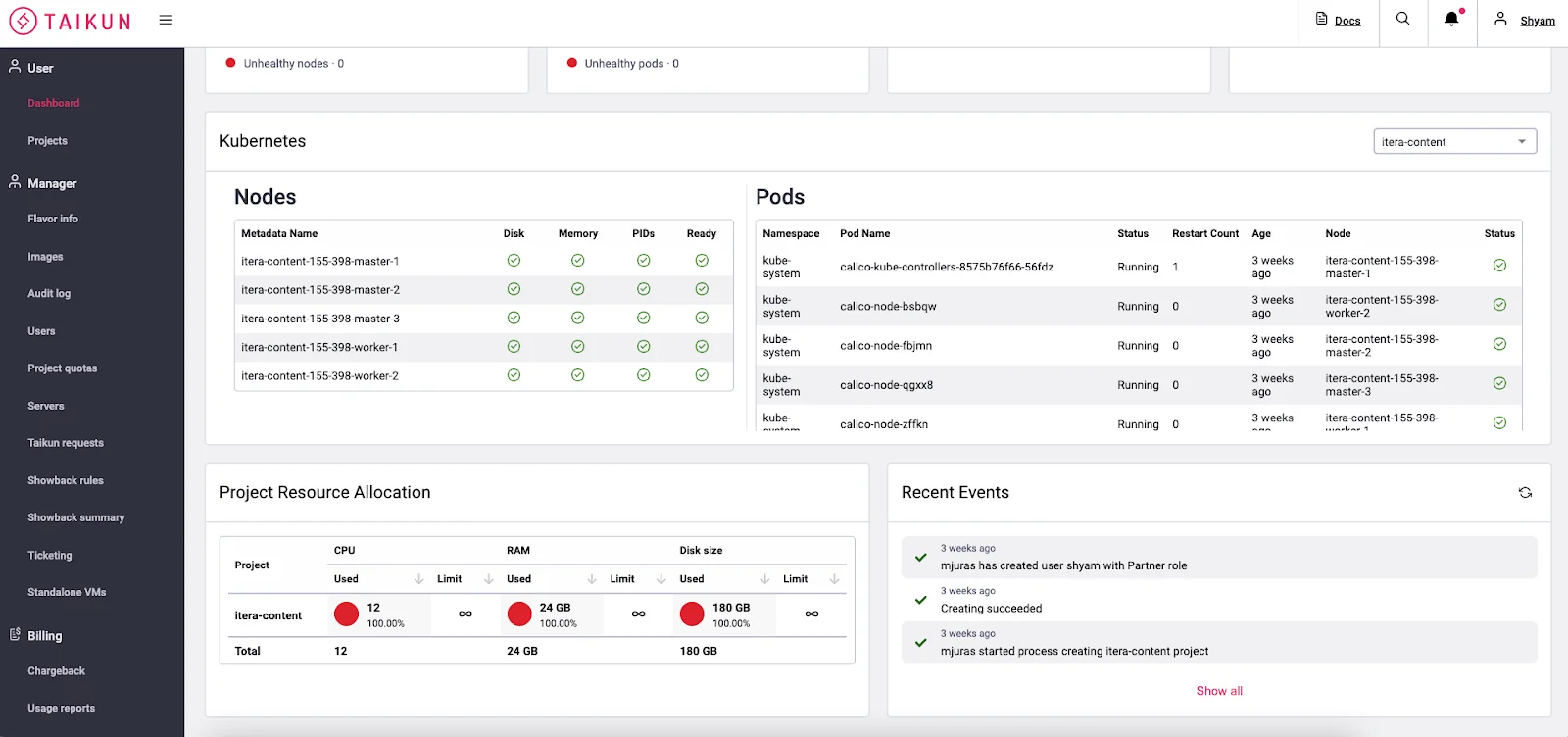

Docker Swarm does not come with any default UI to control and deploy containers. You can however, use any third-party tools that to give Docker Swarm a UI like Portainer and Dockstation.
Core functionality
The main functionality of these tools is to orchestrate containers properly and deploy applications on them in a way that can scale.
Kubernetes deployment is done declaratively describing a pod’s desired state. Then Kubernetes’ controller manager does the needful to take the system to desired state. While describing the desired state, we can describe all the details of the system, for eg. the number of pods that should exist, image to be used for creating containers and also how the pods should be updated.
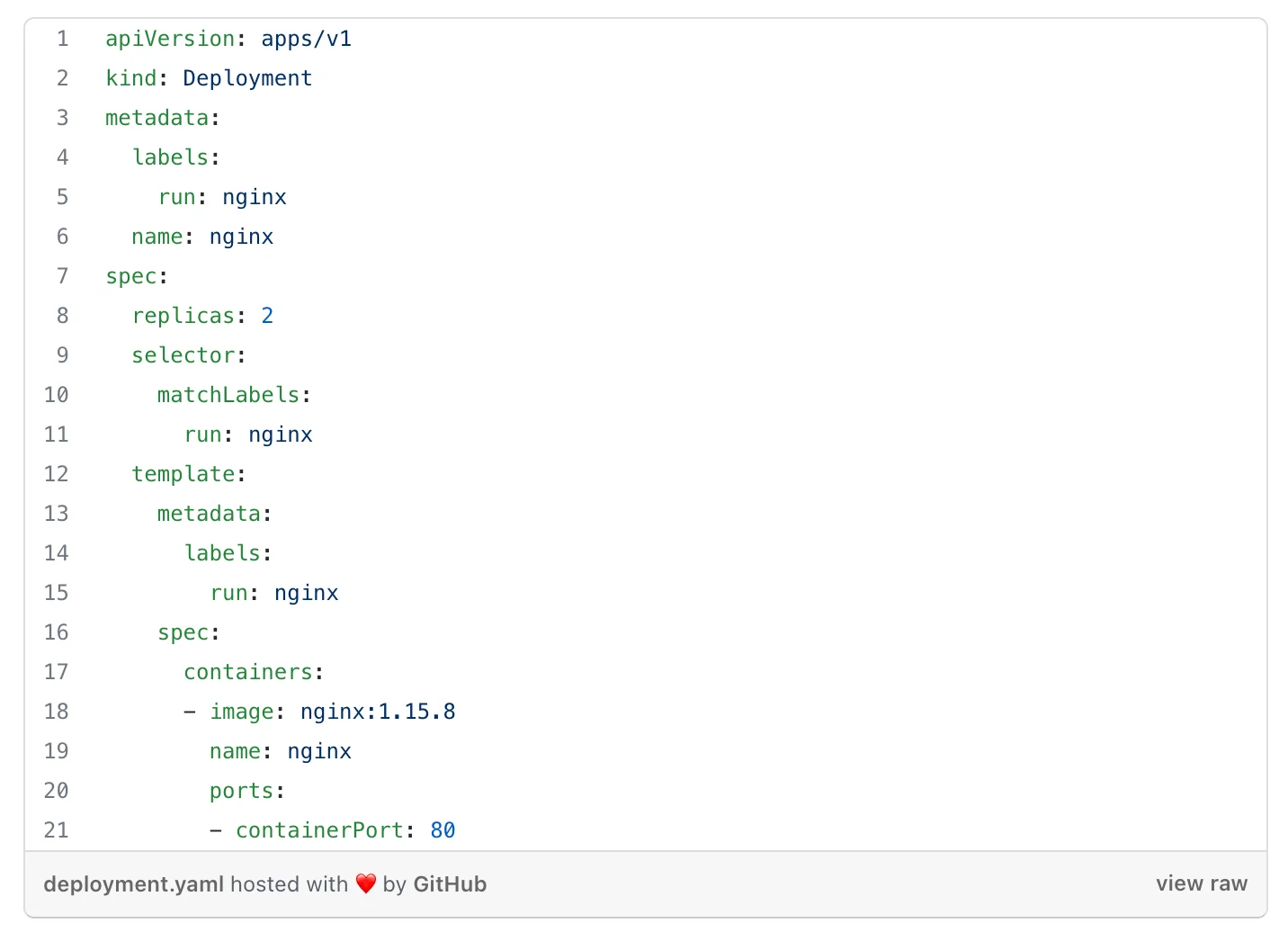

You can use third-party tools like Taikun to create Kubernetes deployment without code. Taikun’s intuitive dashboard makes it extremely easy for even non-engineers to deploy, manage and control their Kubernetes deployments across a multi-cloud platform.
In Docker Swarm, we use a Swarm file (also call Docker Compose file) to declare the desired state for the application. This YAML file is then used to deploy the application.
The Docker Compose file can orchestrate containers running on multiple machines and different networks.
Load Balancing
In Kubernetes, load balancing is more complex and powerful than that of Docker Swarm. Kubernetes uses an object called Ingress to allow access of services in a cluster from outside. An ingress can be configured to create rules that define which inbound request reaches which service within it.
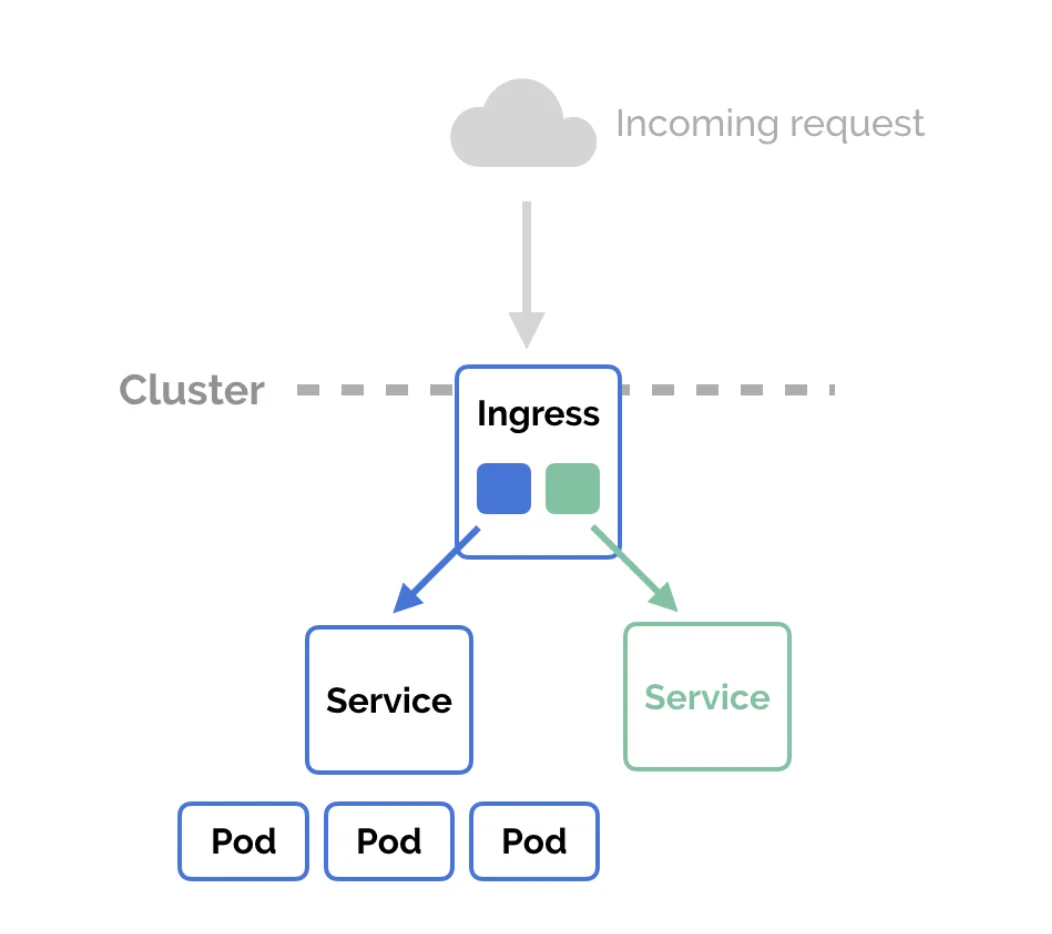

Docker Swarm comes with internal load balancer doesn’t require much configuring. In Swarm mode, an internal DNS component automatically assigns a DNS entry to each service in the swarm. The internal load balancing then distributed the incoming requests among the services based on the DNS name of the service.
Security
Kubernetes has highly complex enterprise grade security controls. It can use RBAC authorization, secrets management, security policies to enhance the security of the infrastructure. There is a lot of security frameworks you can use with Kubernetes. You can read more about OPA security policies in Kubernetes in our blog here.
Docker Swarm mainly relies on the network layer security. It uses mTLS which rotates security certificates between nodes at regular intervals. All the nodes in the swarm use TLS to authenticate, authorize and encrypt all internal communication with other nodes.
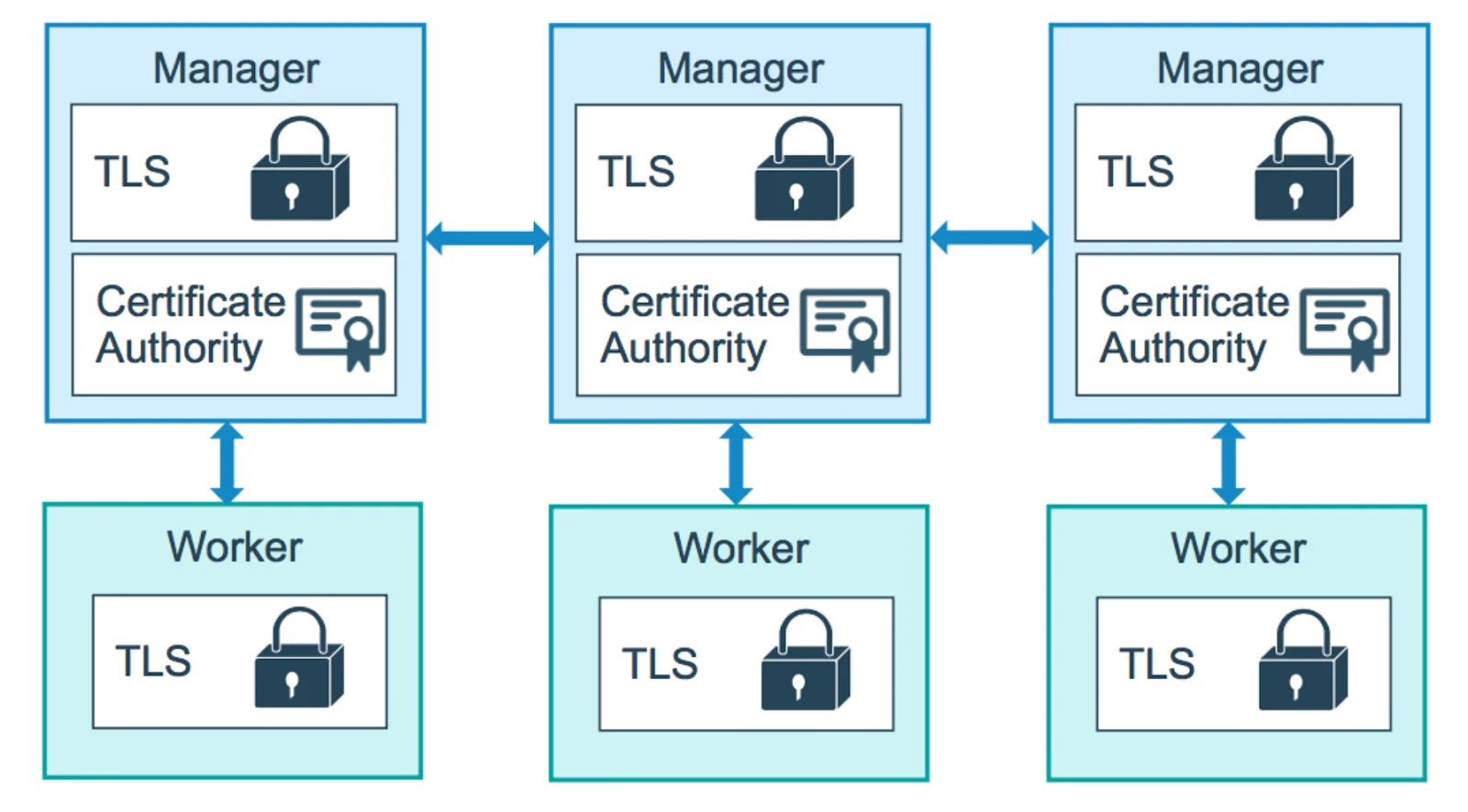

Scalability
Both Kubernetes and Docker Swarm have autoscaling capabilities. In Kubernetes, horizontal autoscaling is built in. This means as load increases, Kubernetes can deploy more Pods. The other approach is vertical scaling where each Pod is given more resources to handle the load.
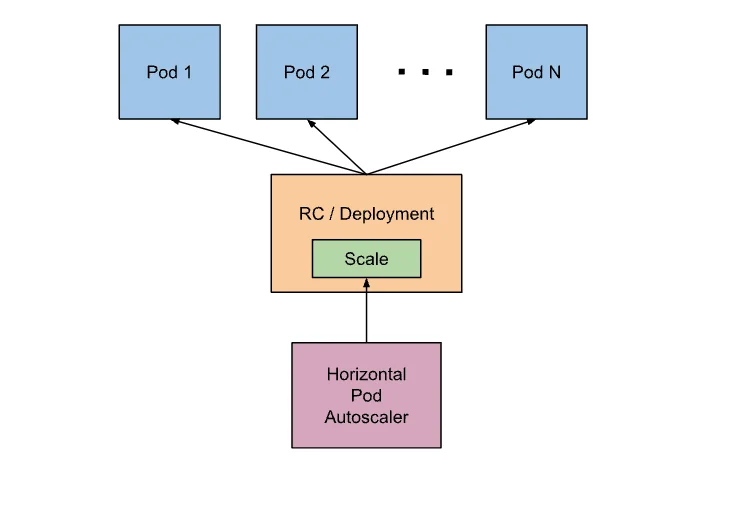

Docker Swarm also offers autoscaling of instances. Since Docker swarm is built into Docker engine, it has faster reaction times and hence quicker on-demand scaling. Because it works with Docker engine more closely, it deploys containers more quickly.
In Docker Swarm, scaling means increasing the number of connections to the application to handle the increase in load.
Which is better?
As in most cases, there is no one right answer to this question. A better question is, which is better for a particular use case? And that depends on the requirements.
We can give you some directions which can help you decide.
If you are just starting up with any container orchestration, Docker Swarm is a better choice. It is an easier tool to manage and quickly get up to speed. If the use case does not have complex workloads to manage, then Docker Swarm is a good choice.
For more critical container infrastructure and use cases where there is a need to have flexibility and high availability at an enterprise level, Kubernetes is a better choice. Kubernetes also has a much larger community to support. This makes extending Kubernetes easier.
Taikun – Your Kubernetes engineer
If you are choosing to go with Kubernetes for your container orchestration needs, you must definitely consider Taikun. Taikun is a central management and monitoring console for Kubernetes that works across all major cloud providers like Google Cloud, AWS, Azure and Open Shift.
Taikun works seamlessly with public, private, and hybrid cloud infrastructure setups. It not only improves your Kubernetes management but also makes it effortless to monitor. Its intuitive dashboard abstracts over complex intricacies and helps the users control their cloud better.
Taikun makes Kubernetes easy. Make sure you give it a try.


